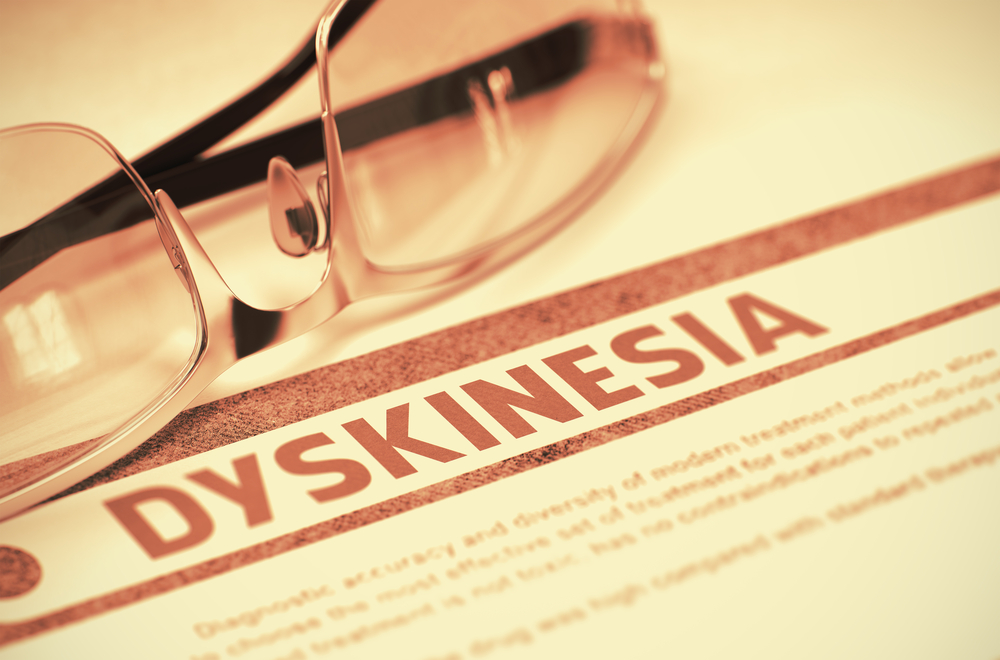Effective Strategies for Managing Parkinson’s Medication-Induced Dyskinesia
This article explores effective strategies for managing dyskinesia caused by Parkinson’s medications. It covers medication adjustments, advanced treatments like deep brain stimulation, and infusion therapies to help improve quality of life. Consulting with healthcare professionals is essential for personalized management plans that minimize side effects while controlling symptoms.

Strategies for Controlling Parkinson’s Medication-Related Dyskinesia
Parkinson’s disease presents a combination of motor and non-motor symptoms, including stiffness, tremors, cognitive issues, rigidity, and anxiety. Despite advances in treatment, medications for Parkinson’s can sometimes lead to side effects. Dyskinesia, often mistaken for the disease itself, results from prolonged medication use and manifests as rapid, involuntary movements affecting the limbs and upper body. While not all patients experience it, dyskinesia can disrupt daily life significantly.
Fortunately, several treatment approaches are available to mitigate dyskinesia symptoms, including:
Adjusting Parkinson’s medication regimens
Introducing new therapies to control abnormal movements
Consider these tips for managing dyskinesia effectively:
Consult a specialized neurologist with expertise in Parkinson’s to develop a tailored treatment plan. Frequent visits may be necessary.
Reducing the dosage or frequency of Levodopa, a common cause of dyskinesia, should be done only under medical supervision. Patients can sometimes take smaller doses more frequently under medical guidance.
It’s essential to discuss these options with your healthcare provider before making changes, as abrupt discontinuation can be risky. Additionally, avoid medications like Entacapone (Comtan), which may worsen dyskinesia. In severe cases, switching to lower doses or alternative drugs such as Sinemet might be recommended. For persistent and disabling dyskinesia, treatments like liquid Sinemet or adding Amantadine can help. Deep brain stimulation (DBS), a surgical procedure, is suitable for patients with long-standing, medication-resistant symptoms, offering relief from dyskinesia and other Parkinson’s symptoms. Alternatively, continuous infusion therapies like LCIG or CSAI deliver medication directly into the body via a pump. Consultation with a specialist will ensure you receive the most appropriate treatment with minimal side effects.










